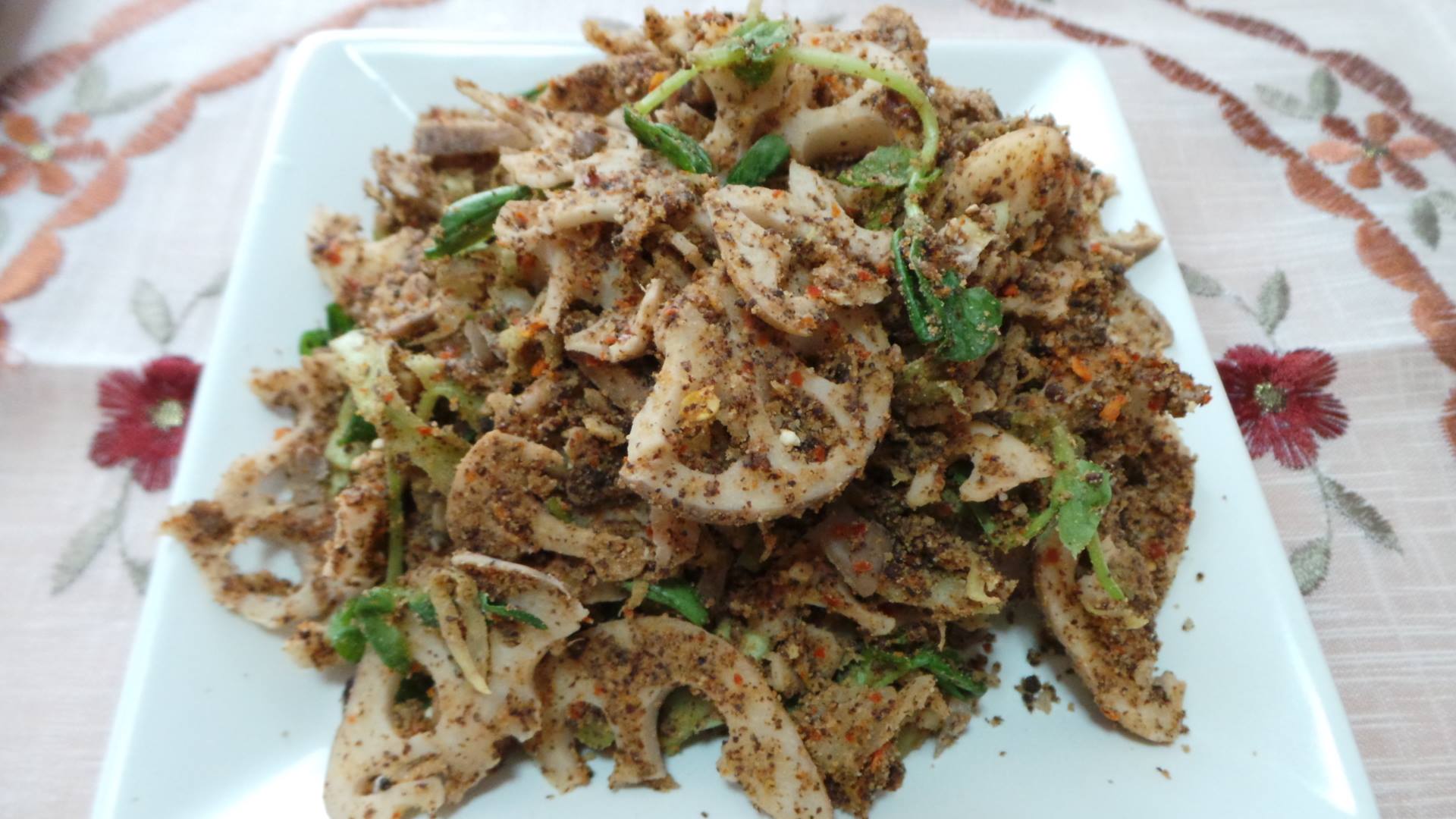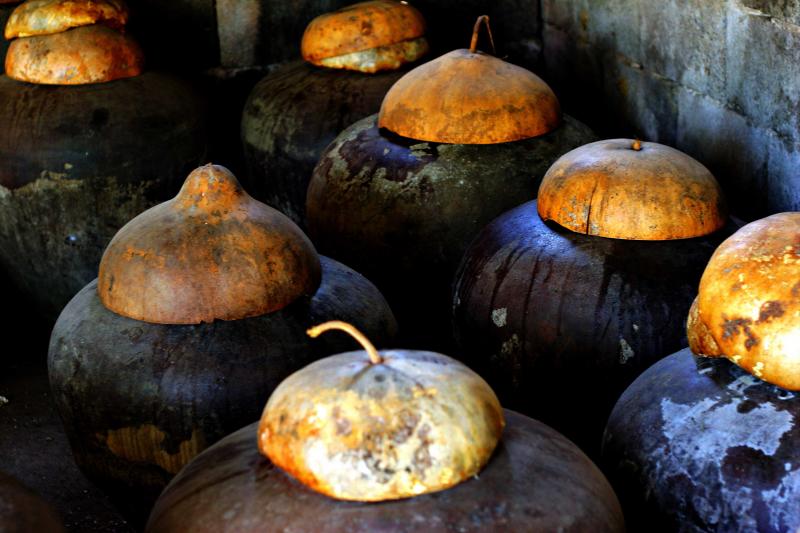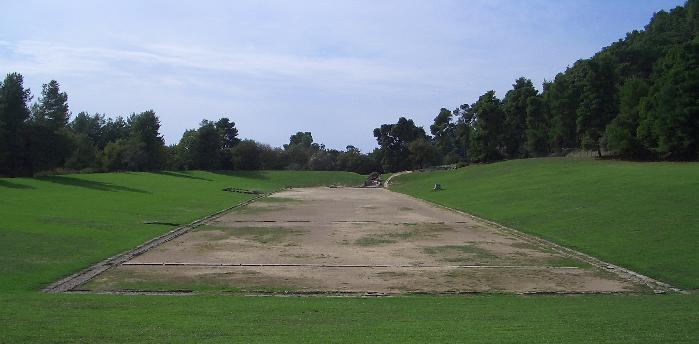|
Ngari (fish)
Ngari is a fermented fish product indigenous to the people of Manipur. ''Nga'' means fish in Meitei language and ''ri'' (''riba/liba'') means the process of fermentation. It is used as a condiment in Manipuri dishes like eromba, singju, kangshoi, morok metpa, and others. Ngari is also consumed in other southwest States of India. Preparation and nutritional value Ngari is made from small sun-dried pool barbs (''Puntius sophore'') locally known as phouba nga, which are 5-10 cm long. Traditionally, the fish is packed tightly in an earthen pot called ''ngari chaphou'' or ''kharung'' with a small amount of vegetable oil. The pot is then sealed with a fish paste, leaves, and mud and kept for fermentation at room temperature for about six months. Each of these pots can hold up to 15-75 kg of fish. It has a high source of protein, vitamins, and essential amino acids and fatty acids. It also aids in digestion and has pharmacological benefits. Production There are families in Manip ... [...More Info...] [...Related Items...] OR: [Wikipedia] [Google] [Baidu] |
Singju
''Singju'' (; ''pronounced sing-zoo'') is a dish from Manipur. It originated with the Meitei people, Meitei-culture but has been widely adopted by most of the ethnic communities of the state and in some neighbouring states of Northeast India. Often served as a spicy side dish, it is also popular as an afternoon or evening snack. Given that its main ingredient is seasonal vegetables, Singju has many variations. However, there are two main types: Ngari_(fish), Ngari (a kind of fermented fish)-based and Thoiding-Besan-based. Ngari_(fish), Ngari is a kind of fermented fish, the flavour of which forms the backbone of Manipuri cuisine. Roasted Ngari_(fish), Ngari-based Singju is more popular in all homes; however, it is not usually sold by local Singju vendors due to the high cost of Ngari_(fish), Ngari. The Thoiding-Besan version (with roasted perilla seeds and chickpea flour) therefore is more widely available from Singju vendors. Thoiding (Meitei language, Meitei: ꯊꯣꯢꯗ� ... [...More Info...] [...Related Items...] OR: [Wikipedia] [Google] [Baidu] |
Fermented Fish
Fermented fish is a traditional preservation of fish. Before refrigeration, canning and other modern preservation techniques became available, fermenting was an important preservation method. Fish rapidly spoils, or goes rotten, unless some method is applied to stop the bacteria that produce the spoilage. Fermentation is a method which attacks the ability of microbials to spoil fish. It does this by making the fish muscle more acidic; bacteria usually cease multiplying when the pH drops below 4.5. A modern approach, biopreservation, adds lactic acid bacteria to the fish to be fermented. This produces active antimicrobials such as lactic and acetic acid, hydrogen peroxide, and peptide bacteriocins. It can also produce the antimicrobial nisin, a particularly effective preservative. Fermented fish preparations can be notable for their putrid smell. These days there are many other techniques of preserving fish, but fish is still fermented because some people enjoy the taste. An archa ... [...More Info...] [...Related Items...] OR: [Wikipedia] [Google] [Baidu] |
Manipur
Manipur () is a state in northeastern India with Imphal as its capital. It borders the Indian states of Assam to the west, Mizoram to the south, and Nagaland to the north and shares the international border with Myanmar, specifically the Sagaing Region to the east and Chin State to the southeast. Covering an area of 22,330 square kilometers (8,621 mi²), the state consists mostly of hilly terrain with the 1813-square-kilometre (700 mi²) Imphal Valley inhabited by the Meitei (Manipuri) community, historically a kingdom. Surrounding hills are home to Naga and Kuki-Zo communities, who speak Tibeto-Burman languages. The official language and lingua franca, Meitei (Manipuri), also belongs to the Tibeto-Burman family. During the days of the British Raj, Manipur was one of the princely states. Prior to the British departure in 1947, Manipur acceded to the Dominion of India, along with roughly 550 other princely states. In September 1949, the ruler of Manipur signed ... [...More Info...] [...Related Items...] OR: [Wikipedia] [Google] [Baidu] |
Meitei Language
Meitei (; ) also known as Manipuri ), is a Tibeto-Burman language of northeast India. It is the official language and the lingua franca of Manipur and an additional official language in four districts of Assam. It is one of the scheduled languages of India, constitutionally scheduled official languages of the Indian Republic. Meitei is the most widely-spoken Tibeto-Burman languages, Tibeto-Burman language of India and the third most widely spoken language of northeast India after Assamese language, Assamese and Bengali language, Bengali. There are million States of India by Meitei speakers, Meitei native speakers in India according to the 2011 census, million of whom are found in the state of Manipur, where they represent the majority of its population. There are smaller communities in neighbouring Indian states, such as #Assam, Assam (), #Tripura, Tripura (), #Nagaland, Nagaland (), and elsewhere in the country (). The language is also spoken by smaller groups ... [...More Info...] [...Related Items...] OR: [Wikipedia] [Google] [Baidu] |
Eromba
Eromba () is an ethnic dish of the Meitei community of Manipur Manipur () is a state in northeastern India with Imphal as its capital. It borders the Indian states of Assam to the west, Mizoram to the south, and Nagaland to the north and shares the international border with Myanmar, specifically t ..., India. History The word "eromba" comes from "eeru taana lonba", a Meitei term for a liquid that is mixed. Preparation The vegetables (such as potatoes and garlic), spices (such as chilies) and herbs are boiled with or without ngari, a fermented fish product, then smashed with hands, whisked with a whisker or blend with a blender. See also * Cuisine of Manipur References {{reflist Manipuri cuisine Chutney ... [...More Info...] [...Related Items...] OR: [Wikipedia] [Google] [Baidu] |
Pool Barb
The pool barb, spotfin swamp barb, or stigma barb (''Puntius sophore'') is a tropical freshwater and brackish fish belonging to the Puntius genus in the family Cyprinidae. It is native to inland waters in Asia and is found in India, Nepal, Bangladesh, Myanmar, Bhutan, Afghanistan, Pakistan and Yunnan, China. Description It reaches an adult size of 18 cm. (7 in) and a weight of . The first maturity of female occurs at 4.7 cm. At the population level, size at 50% maturity (LM50) is 8.6-9.0 cm. Habitat Its native habitat is rivers, streams, and ponds in plains and submontane regions. It is a plentiful shoaling fish. Breeding Pool barbs naturally breed within a temperature range 20–30 °C and >50 mm rainfall. The threshold gonadosomatic index (GSI) for breeding is 10.5 units in females. Females also need to attain a body fitness (Fulton's condition factor) of at least 1.6-1.7 units for successful spawning decision. Synonyms This fish was originally na ... [...More Info...] [...Related Items...] OR: [Wikipedia] [Google] [Baidu] |
Fish Paste
Fish paste is fish which has been chemically broken down by a fermentation process until it reaches the consistency of a soft creamy purée or Paste (food), paste. Alternatively it refers to cooked fish that has been physically broken down by pounding, grinding, pressing, mincing, wikt:blending, blending, and/or sieving, until it reaches the consistency of paste. The term can be applied also to shellfish pastes, such as shrimp paste or Crab meat, crab paste. Fish paste is used as a condiment or seasoning to add flavour to food, or in some cases to complement a dish. Generally, fish paste is reduced to a thick, rich concentrate, which has usually been cooked for a long time. It can be contrasted with fish sauce, which is like a fish paste except it is not cooked for so long, is a thick liquid rather than a concentrated paste, and may include seasonings and other flavorings. __TOC__ History "Preservation of marine products is of great importance to the coastal poor. Preserved fi ... [...More Info...] [...Related Items...] OR: [Wikipedia] [Google] [Baidu] |
Food Safety And Standards Authority Of India
The Food Safety and Standards Authority of India (FSSAI) is a statutory body under the administration of the Ministry of Health and Family Welfare, Government of India. It regulates the manufacture, storage, distribution, sale, and import of food articles, while also establishing standards to ensure food safety. The FSSAI was established by the Food Safety and Standards Act, 2006, which consolidated all former acts and orders related to food safety that were previously handled by various ministries and departments. The FSSAI has its headquarters at New Delhi. The authority also has four regional offices located in Delhi, Mumbai, Kolkata, and Chennai. There are 22 referral laboratories notified by FSSAI, 72 State/UT laboratories located throughout India and 112 laboratories are NABL accredited private laboratories notified by FSSAI. The FSSAI is headed by a non-executive chairperson, appointed by the central government, either holding or has held the position of not below the r ... [...More Info...] [...Related Items...] OR: [Wikipedia] [Google] [Baidu] |
Urea
Urea, also called carbamide (because it is a diamide of carbonic acid), is an organic compound with chemical formula . This amide has two Amine, amino groups (–) joined by a carbonyl functional group (–C(=O)–). It is thus the simplest amide of carbamic acid. Urea serves an important role in the cellular metabolism of nitrogen-containing compounds by animals and is the main nitrogen-containing substance in the urine of mammals. ''Urea'' is Neo-Latin, , , itself from Proto-Indo-European ''*h₂worsom''. It is a colorless, odorless solid, highly soluble in water, and practically non-toxic ( is 15 g/kg for rats). Dissolved in water, it is neither acidic nor base (chemistry), alkaline. The body uses it in many processes, most notably metabolic waste#Nitrogen wastes, nitrogen excretion. The liver forms it by combining two ammonia molecules () with a carbon dioxide () molecule in the urea cycle. Urea is widely used in fertilizers as a source of nitrogen (N) and is an important ... [...More Info...] [...Related Items...] OR: [Wikipedia] [Google] [Baidu] |
Olympic Games
The modern Olympic Games (Olympics; ) are the world's preeminent international Olympic sports, sporting events. They feature summer and winter sports competitions in which thousands of athletes from around the world participate in a Multi-sport event, variety of competitions. The Olympic Games, Open (sport), open to both amateur and professional athletes, involves more than 200 teams, each team representing a sovereign state or territory. By default, the Games generally substitute for any world championships during the year in which they take place (however, each class usually maintains its own records). The Olympics are staged every four years. Since 1994 Winter Olympics, 1994, they have alternated between the Summer Olympic Games, Summer and Winter Olympics every two years during the four-year Olympiad. Their creation was inspired by the ancient Olympic Games, held in Olympia, Greece, from the 8th century BC to the 4th century AD. Baron Pierre de Coubertin founded the Int ... [...More Info...] [...Related Items...] OR: [Wikipedia] [Google] [Baidu] |







